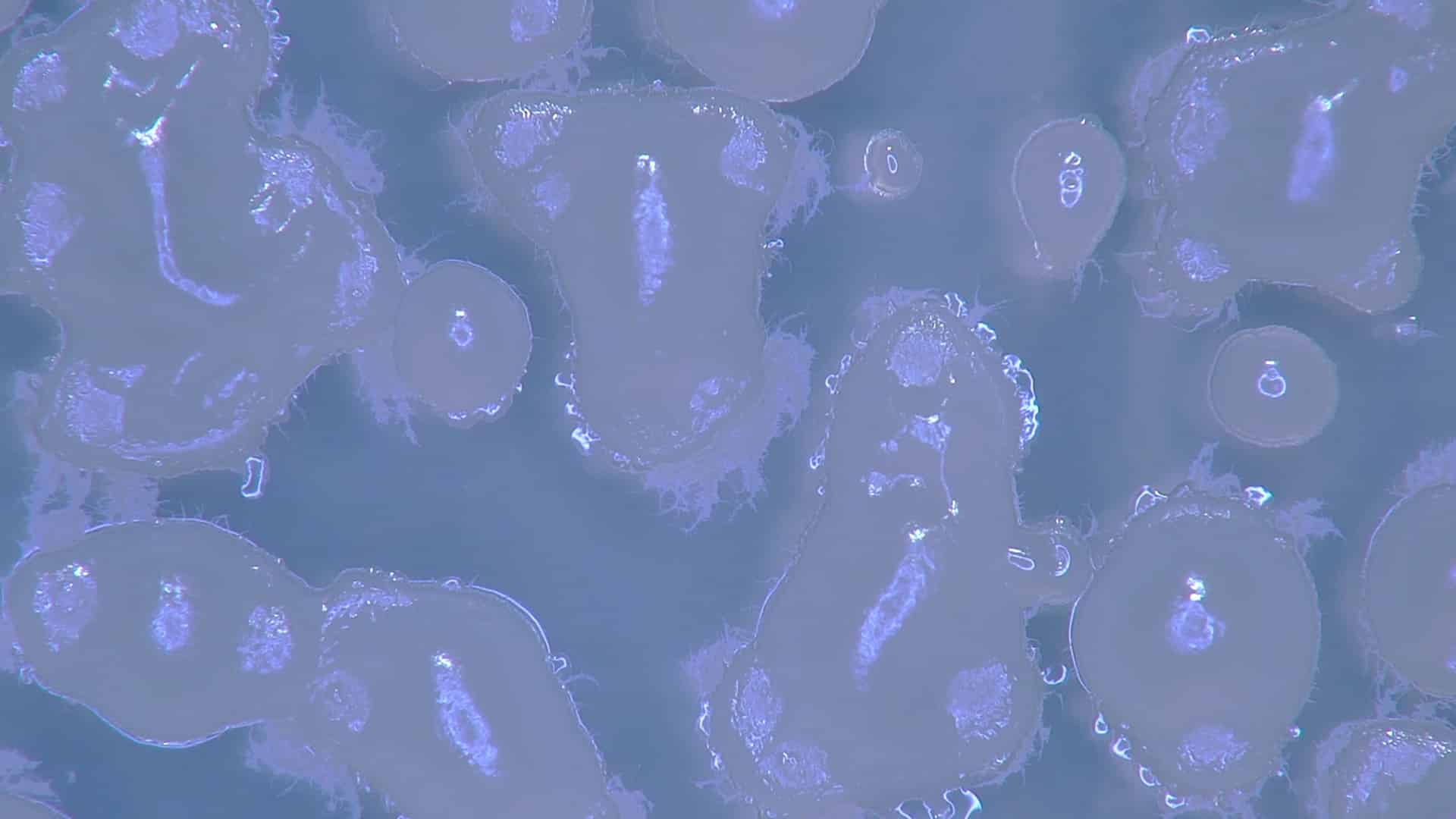We’ve all seen the stunted, yellowish, sickly stems and leaves; the galled and decaying roots of crops infested with nematodes. In North America alone, farmers spend nearly half a billion dollars tackling these tiny but voracious soil pests. Conventional control methods can be harsh and toxic, but thanks to the unflagging determination of a special team of can-do people, there’s a brand new, ultra-effective, and environmentally friendly discovery that can be relied on to help minimize nematode damage to most crops. The broad-spectrum bionematicide, now licensed to a multinational for sale to the US market, is a big deal: a low-rate, ‘green’ solution that often outperforms conventional options and is effective and complimentary alongside tank-mixed chemistries and other crop inputs too. The story of how this option came about offers us confidence that almost any challenge can be overcome with critical thinking, perseverance, and the best minds working together.
About a decade ago, newly retired business owner, Tom Johnson, agreed to guide Kannar as we more closely examined some intriguing, but previously unproven, gram positive microbial spores for possible applications in agriculture. We wondered if the spores might have potential application as biopesticides, but we truly had no idea what we were going to discover. With persistent curiosity, we evaluated, tested, and retested our findings. We even analyzed the genomes to understand what the microbes can do and how they do it. Understanding the reason for efficacy and the modes of actions inspired us all: the bacteria ultimately discovered to have nematicidal activity and are fast multipliers. They produce enzymes that break down chitin, the main component of a nematode’s eggshell, juvenile exoskeleton, or adult nematode’s pharynx.
As trials progressed, we realised we had something that not only could control eggs, larva and adults, it actually destroys them. Even better, it didn’t overload the soil with high application rates or harsh chemicals: it’s an all-natural solution applied at a tiny fraction of the rate (3 fluid ounces can be applied to two units of cotton seed and be planted over as many as 14 acres, compared to conventional chemicals at 16 dry ounces per acre).
And we kept digging deeper, studying how the biopesticide might work in real-world, in-field applications alongside existing chemistries. We tested shelf life, on-seed spore survivability, and crop specific efficacy. I won’t say the effort was easy: we ran into roadblocks right and left, even finding a lab that was able to maintain a stable library of nematode test subjects proved difficult at the time we needed it.
What I will say is that the effort was absolutely worthwhile. The biopesticide passed all tests with flying colors. Within the next couple of years, North American farmers will have access to an ultra-effective bionematicide that the EPA classifies at its least toxic category rating. This is huge news for an industry striving towards sustainability and, we hope, just the start. We plan to grow our partnerships to bring this product to market in other key agricultural areas, especially Brazil.
Successfully moving a brand-new concept through to global commercialization is no small feat. To make it happen, we depended on what we call Kannar’s ‘magic’: the curiosity and make-it-happen tenacity that allows us to overcome obstacles in finding real solutions to real problems; as we innovate for nature, naturally!











